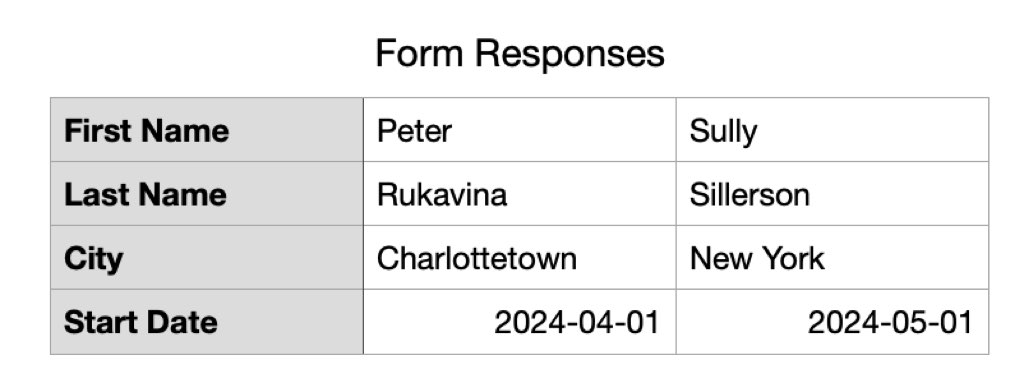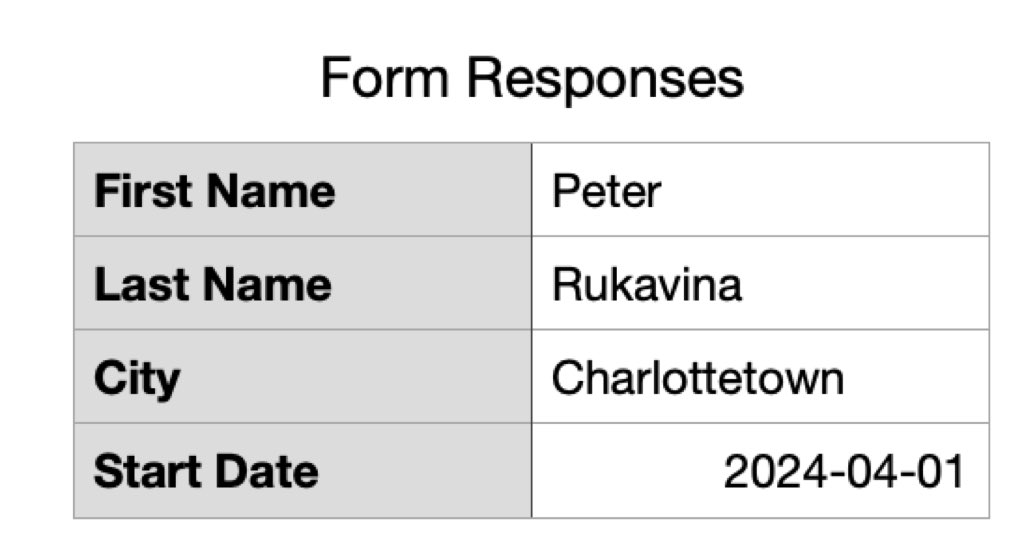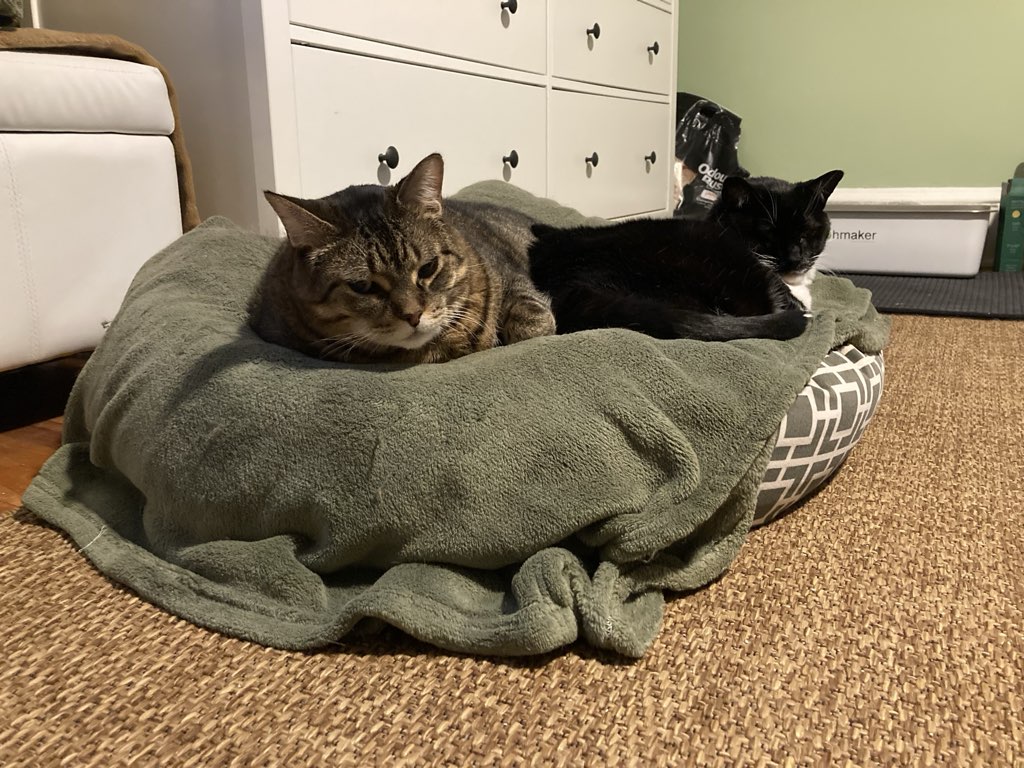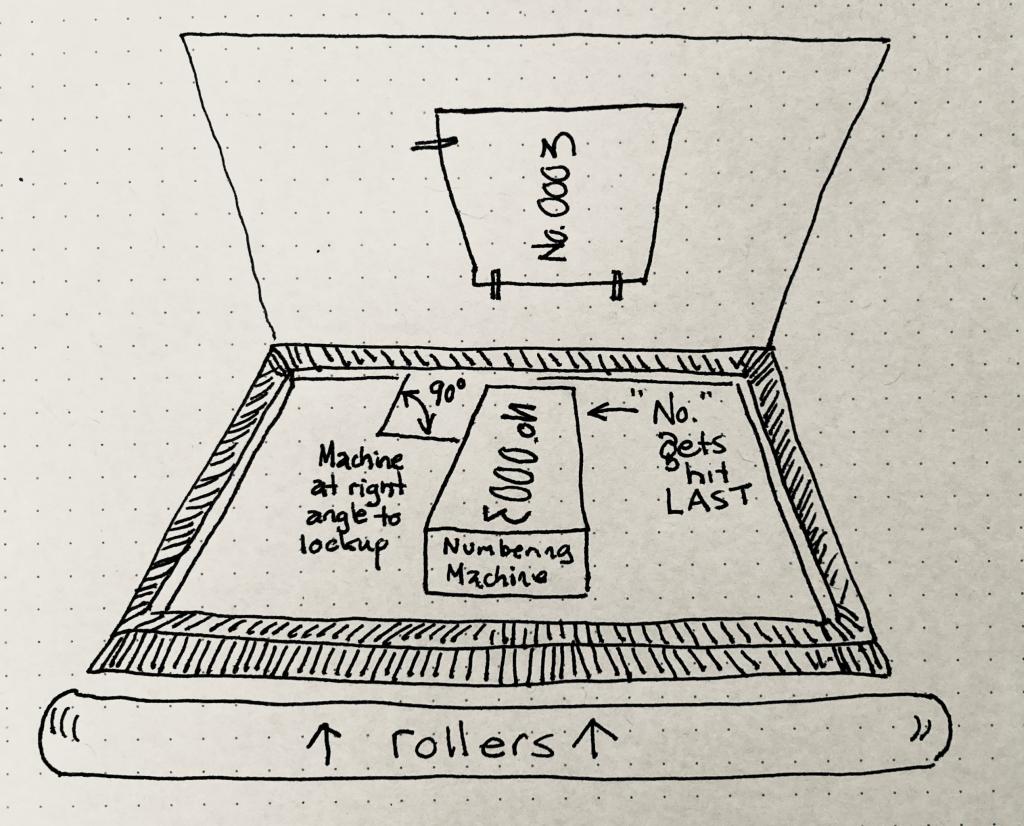TL;DR We are recruiting for two positions to help support Olivia: a Supportive Roommate (details) and an Autism Life Skills Coach and Case Manager (details). Maybe you’re interested? And please share these opportunities far and wide.
Just under a year ago, Olivia moved into her own nearby apartment. Her capabilities meant that she needed some support for her move toward independence, so we cottoned on to the term “supportive roommate” to describe people who might live with her: roommates, but with added responsibilities to fill in some of the practical gaps in her daily routine. It was a long and multi-faceted process to get this off the ground—we needed to figure out how to compensate the roommates, how to pay the rent, what insurance would be needed, how groceries would get purchased, and 57 other things. We rented the apartment on December 1, 2022 and Olivia and her roommates moved in on March 1, 2023; the three months between were a full-court press to get everything in place.
We found roommates. We figured out the myriad issues, as best we could. We were aided by an incredibly helpful landlord and a cooperative case worker in the AccessAbility Support program. Lisa was instrumental to the conception and execution of the project; without her tenacity and work, it never would have happened. It was, and is, a part-time job for us to manage all the moving parts, but it’s all in service of Olivia’s thriving.
But it worked. It’s working. Olivia’s still there.
There have been ups and downs, twists and turns, and we’ve all had to adapt. But this model of non-institutional housing is emerging to hold promise for a way to support Olivia now and in the future (“in the future” for a parent of an adult child with a need for support is code word “after I’m gone”).
We’re now ready to launch Version 2.0 of this project, and this involves recruiting for two roles, one brand new, and one a backfill:
First, we’re looking for an Autism Life Skills Coach and Case Manager, an admitted mouthful of a job title that packs in a lot. The job ad for the position has much more information, but what it boils down to is this: we’re going to hire someone to help Olivia build on her strengths, route around her challenges, in a focused, systematic way, so that she can take on more independence, more responsibility for her daily life, more agency for what comes next for her. We’re looking for someone who’s a skilled teacher and a creative and dynamic coach, someone who will have the time and resources to go on deep dives with Olivia with a patience, flexibility, and focus that neither her harried parents nor her under-resourced educators have had the opportunity to do. We’re working with an HR agency to recruit for the position; it would be a big help if you could help share the job ad far and wide, as we know in our heart of hearts that the right person for Olivia is out there, but they might not live next door. The role is compensated with a salary and benefits.
Second, we’re looking for another Supportive Roommate to live with Olivia and her other supportive roommate. We’re recruiting for this position all by ourselves, and trying to spread the word through a Facebook post, with hopes it too will be shared far and wide (Facebook, for all my misgivings about it, is amazing for spreading this kind of thing; it was the route to finding her first two roommates last year). The apartment has been down to one supportive roommate since October, and we’ve all rallied to keep things humming, but it’s an arrangement that really requires two, so we’re eager to find someone new who will be a good fit. While there are some “functional” elements to the role—ensuring Olivia takes her meds, for example, and helping with meal preparation—what we’re looking for is an emotionally resilient person, comfortable living with others, who will help provide the sort of workaday social connection and community that Olivia craves. The role is compensated through no-cost housing and a stipend.
Again, we’d all appreciate it if you would give a thought to people in your network for whom one of these roles or the other might be a good fit, and take a moment to connect them with more information.
Thank you.







